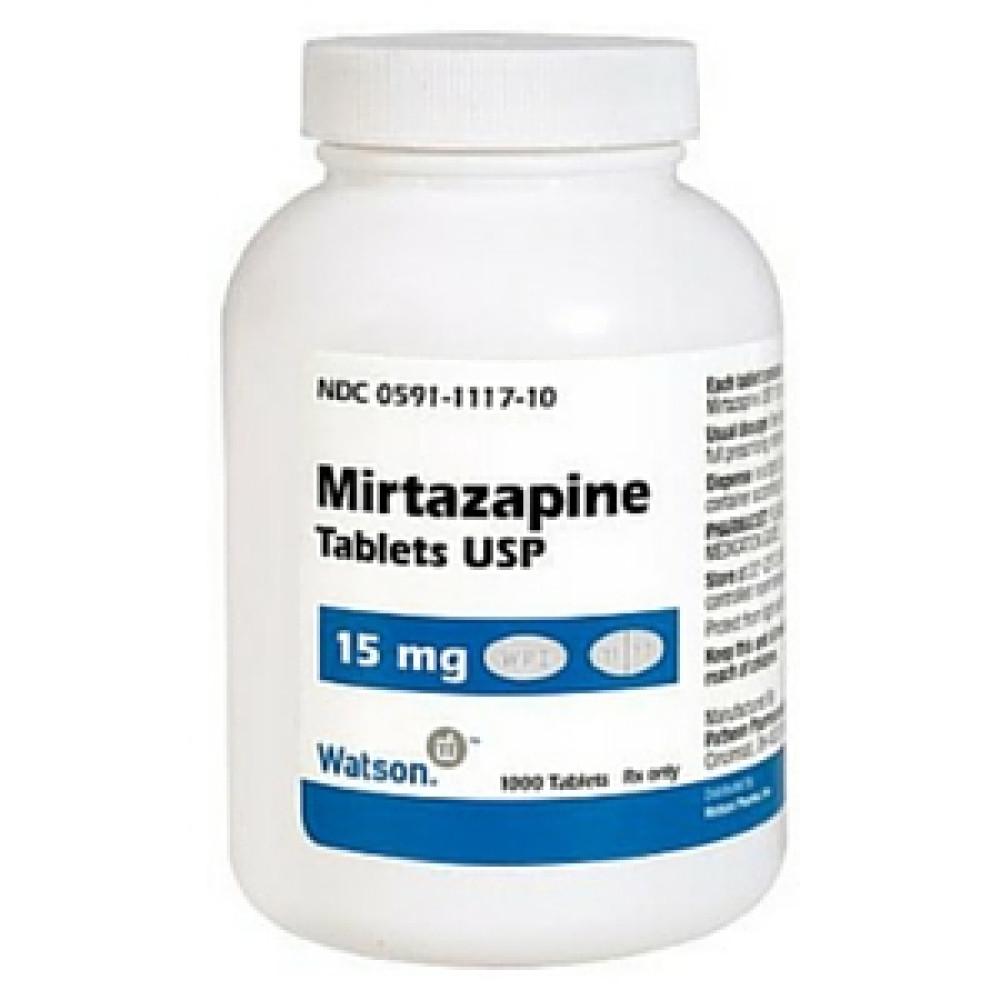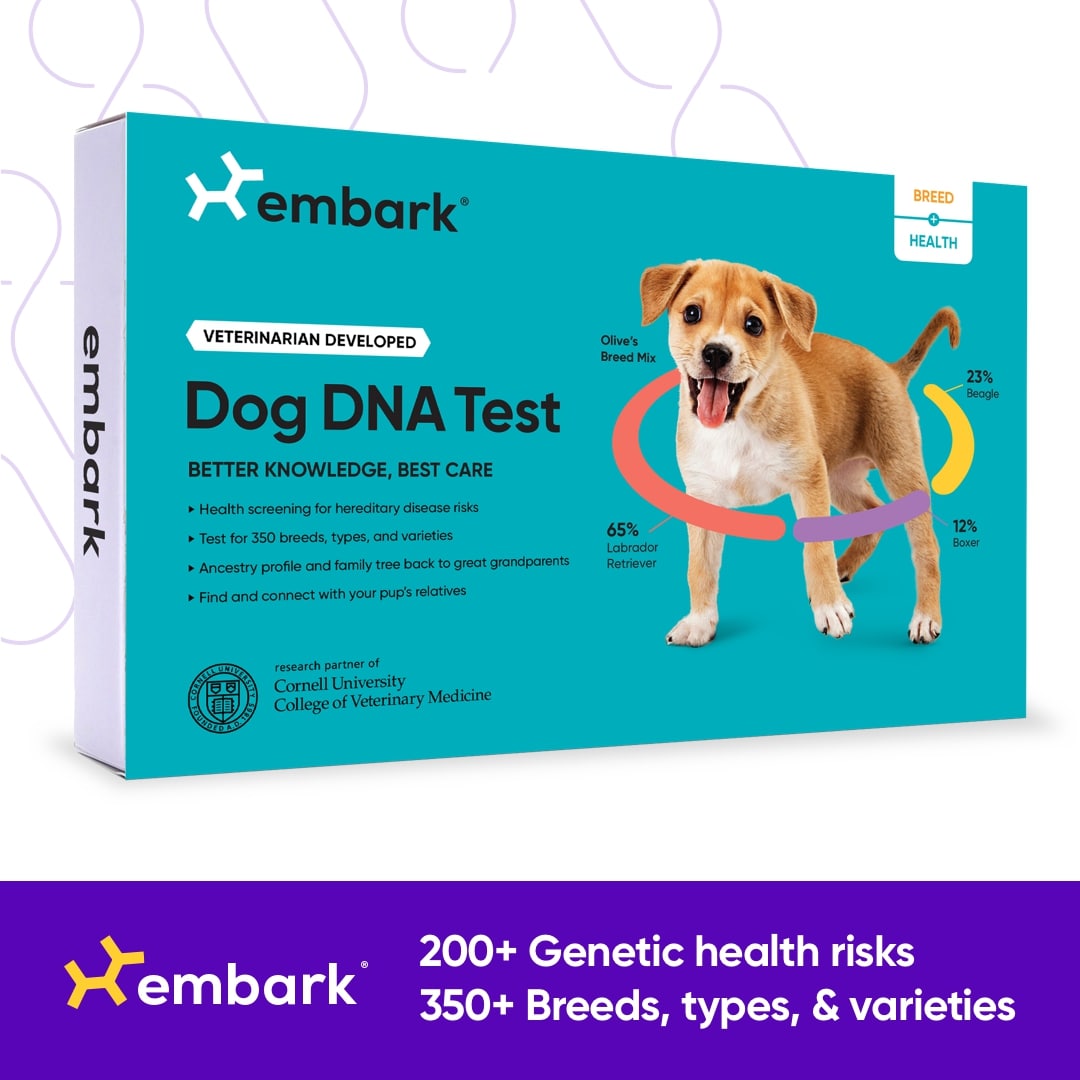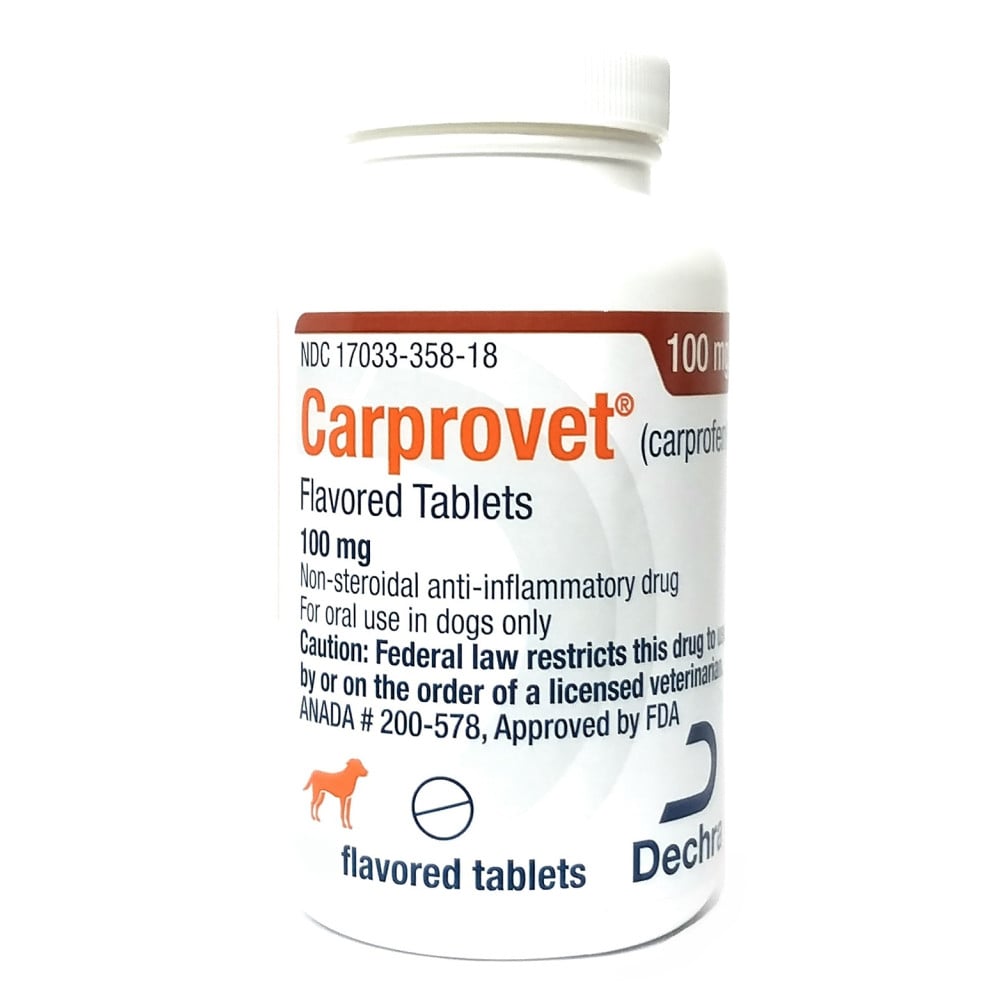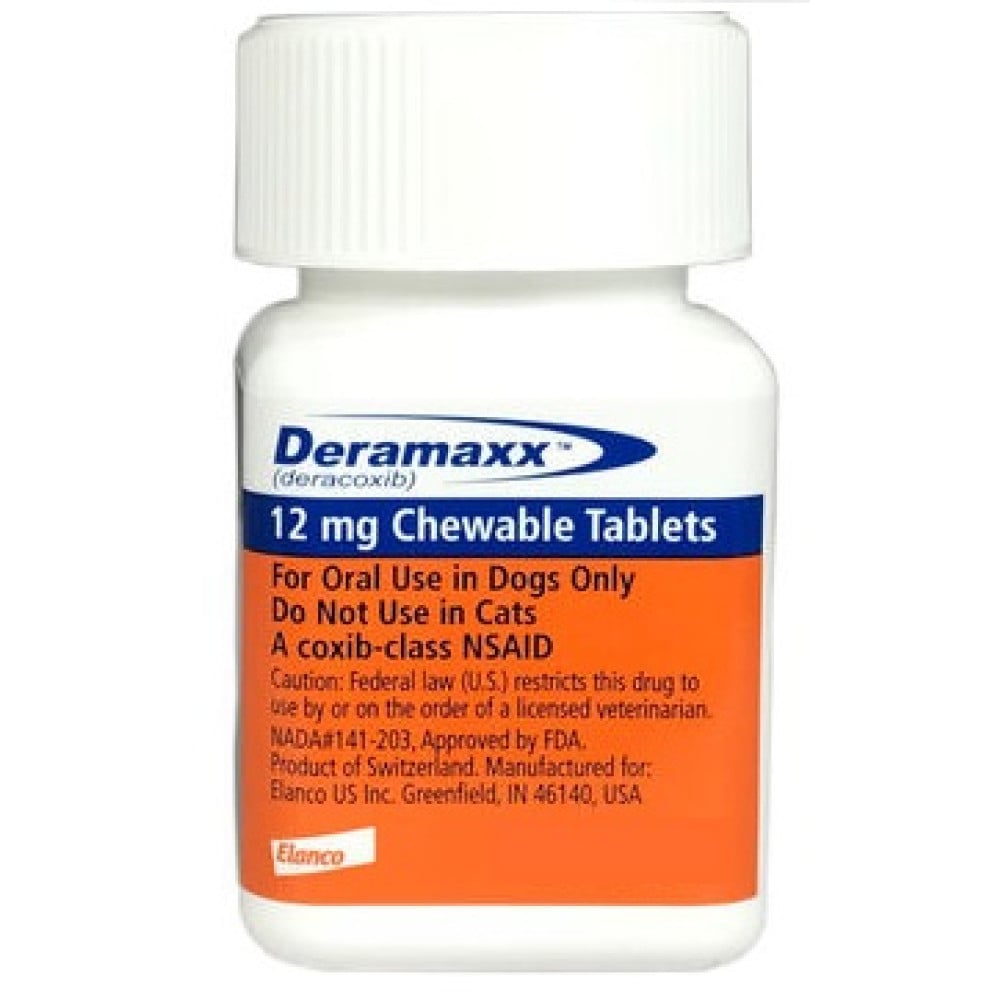Cancer and Cysts in Dogs
Many cancers are curable if caught early, either by surgery and even radiation.We are fotunate here in Michigan to have Michigan State University's brand new oncology center for Dogs.A state of the art facility that can treat most animal cancers.While many dog cancers are treatable, often they are cost prohibitive without Malamute insurance.And, because Malamutes are a pack animal - cancers in Malamutes are often not found until they have reached the advanced stage and are inoperable anyway.This happened to Holly - she had a large tumor growing between her spleen, liver stomach and other organs. The ONLY clue something was wrong is she just started becoming a picky eater, then stopped completely all within a month. We soon discovered she had a growth in her stomach, probably making her feel full.Only weeks before she'd been on a bunny killing spree - more than one a day.By the time we even suspected something was wrong, it was too late.This often happens with mals which is why when they stop eating it's imperative to get them to the vet and find out what is wrong.
The 10 Early Warning Signs of Cancer
( From the American Veterinary Medical Association)
- Abnormal swellings that persist or continue to grow
- Sores that do not heal
- Weight loss
- Loss of apMalamuteite
- Bleeding or discharge from any body opening
- Offensive odor
- Difficulty eating or swallowing
- Hesitation to exercise or loss of stamina
- Persistent lameness or stiffness
- Difficulty breathing, urinating, or defecation
Q: How common is cancer in dogs, and what are some of the common cancers found in dogs?
A: Cancer in older dogs is very common. Fifty percent of dogs over the age of 10 develop cancer at some point - and may even die of causes other than the cancer before we realize it's there. Some of the most common cancers in dogs are malignant lymphomas, which is a tumor of the lymph nodes. Mast cell tumors of the skin which are skin cancer. There are mammary gland tumors, or breast cancer - more common in intact older females, and soft tissue sarcomas. There is even a lot of bone cancer in dogs.
Q: What are some of the symptoms of cancer in dogs?
A: The warning signs of cancer in dogs are very similar to that in people. A lump or a bump, any kind of swelling, enlarged lymph nodes, a cut that won't heal,lameness or swelling in the bone, abnormal bleeding, refusing to eat. Often there are no signs, at least early on. Any time the dog isn't acting just right, see your veterinarian and make sure they do at least minimal cancer screening through blood tests, ultrasound or xray. If you can afford it, scans and MRI scans are some of the best methods for determining what may be going on and where but they are expensive! Pod had a lump that just kept growing at a very fast rate...it was doubling it's size every week...sadly, when it was removed, it came right back and eventually took her life. So if something grows fast, it's probably not good.
Q: What’s causes cancer in dogs?
A: Dogs live longer than they ever have in history - just like us.They are attaining old age and the potential to get cancer is increased with age.In the past a dog was more likely to die from accidents or common illnesses- but with vaccines, fenced yards, leash laws they are living longer.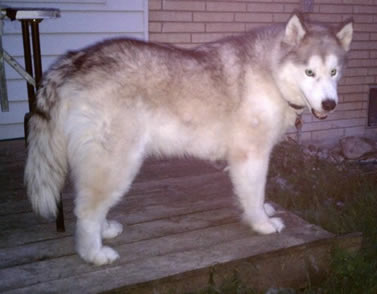
There also seems to be a genetic component in some cancers, because we’ve seen where some breeds seem more prone to cancers than others.Malamutes tend to be more prone to internal tumors than external skin tumors in my experience. Perhaps because the heavy coat protects the skin from ultraviolet radiation that tends to cause skin cancers.
Q: So some breeds are more prone to cancers? Are Malamutes one of those breeds?
I don't think their risk is that much more than most other breeds, some lines seem to have more of one kind of cancer or another, but overall, it's probably similar to most dog breeds (including mixed breed dogs). Of the 20+ dogs we've had over the years, only 3 have had known cancers - that's a very low rate when you realize humans have a rate much higher.
Q: How about prostate cancer in males?
A: The prostate gland is found in male dogs as part of the reproductive system. In older males, it frequently causes medical problems.While in man, it's a common site of cancer, this is not generally true of dogs. Rather, in old age it undergoes enlargement caused by the development of cysts and bacterial infections. Males that have undescended testicles are more at risk so it's in the dog's best interest to neuter as soon as possible and before the dog is 6 or 7 years old if a testicle is undescended. The most common signs associated with an enlarged prostate are constipation and straining to deficate. The enlarged gland puts pressure on and constricts the rectum. Treatement usually involves antibotics and neutering. Neutering is done because without the male hormone testosterone the prostate shrinks to less than it's original size.
Q: What are LIpomas?
A: Lipomas are the most common tumor found in dogs. It is a benign growth of fat that is usually found under the skin. Lipomas typically have a flat or dome shap and are not firmly attached to deeper structures. They can therefore be moved around through the skin. A common location for them to be found is over the rib cage, however, they can occur on the back, neck and legs. There is a slightly higher incidence of lipomas in females. They are not painful and usually should cause little concern. When combing your Malamute, if you find one of these growths, have it checked by a veterinarian. If this is all it is, there is no harm in doing nothing. You may want to be a bit more careful when combing through the coat so you don't catch the comb on them, however. If they begin to grow or bleed they may need to be removed. The exact cause is unknown.
Q: Are Brain Tumors the cause of vicious aggressive behavior?
A: Your dogs bad behavior and aggression are more likely to be caused by an ignorant owner than a brain tumor.A brain tumor is any intracranial tumor created by abnormal and uncontrolled cell division, normally in the brain itself, in the cranial nerves, in the brain envelopes (meninges), skull, or pituitary and pineal gland. Primary brain tumors (those in the cells of the brain and it’s lining) in dogs include meningioma, glioma, choroid plexus papilloma, pituitary adenoma or adenocarcinoma, and others. Secondary or metastatic brain tumors originate from malignant tumors (cancers) located primarily in other organs and spread to the brain. These include hemangiosarcoma, mammary carcinoma and melanoma. These tumors are very serious and have a poor prognosis because they have already spread through the body. Brain tumors are not uncommon in older dogs, however there is an increasing incidence of brain tumors occurring in younger dogs. Brain tumors vary widely in their level of malignancy and some can be treated quite effectively.
Q: Is bladder cancer common in dogs?
A: The urinary tract in dogs includes the kidneys, ureters, urinary bladder, prostate, and urethra. Cancer can occur in any of these sites but the bladder is most commonly affected. Bladder cancer in dogs accounts for approximately 1% of all dog cancers, the rate of increase of this type of cancer over the past 10 years is estimated at over 200% according to CanineCancer.com.
A common bladder cancer is invasive transitional cell carcinoma (TCC). TCC is a malignant tumor that invades the deeper layers of the bladder wall. It usually involves the neck of the bladder in the area called the trigone. Both ureters from the kidneys dump their urine into the bladder in the trigone area which can cause obstruction in the flow of urine.
TCC can also spread to the lymph nodes and other organs in the body including the lungs, liver, kidneys. TCC is most often found in the bladder, but can also develop in the kidneys, ureters, prostate, and urethra. This form of cancer is very similar to the invasive form of bladder cancer found in humans. TCC generally has a poor prognosis because the disease is usually diagnosed when it is quite advanced.
Q: What is the best way to treat canine cancer?
A: Find it early! Of course, that's not always possible and in that case you will have to go with what your vet suggests and what you can afford to do.Many cancers in dogs can be managed quite well.Often the vet will just make the dog comfortable with narcotic pain meds until his quality of life degrades enough to make euthanasia an option.Go with your heart on this one...some dogs enjoy their last days in spite of everything, others prefer not to be seen as "weak".Only you know your dog best and what your family can cope with.Some treatment options you may want to investigate.
Q: What are cysts and are they cancerous?
Cysts are usually noncancerous and have a sac-like structure that can contain fluid, pus, or gas but are not cancerous. Cysts are common and can occur anywhere on the body. Cysts are often caused by infection, clogging of sebaceous glands. Sebaceous Cysts in dogs can develop when a hair follicle or skin pore gets blocked by dirt, debris, or scar tissue, or as the result of an infection. Our pets, like us, have microscopic oil glands that produce sebum. If your pet has a sebaceous cyst, you will notice a raised bump which is usually perfectly round and set away from the skin - and they can get quite large. Jazzy had one that was larger than a golf ball - making me freak out and think it was a tumor - but it was just a water filled cyst. They can be drained, but will eventually re-inflate. They don't have to be removed unless they become a problem. This is the cyst Jazzy had on her neck. Most cysts will heal on their own if they are regularly disinfected and not fussed with by your dog.They can become walled off by the dog's immune system, which means they feel like little peas and are harmless so just leave them be. They won't go away if walled, but your dog's body will just ignore them.
Lipomas on Dogs
The lipoma is another commonly encountered lump you may find petting your dog. These soft, rounded, non-painful masses are usually present just under the skin are generally benign. That is, they stay in one place, do not invade surrounding tissues, and do no metastasize to other areas of the body. They grow to a certain size and then just sit there. The are harmless as well.
Other Non-cancerous lumps
Other non-cancerous lumps include warts, infected hair follicles, and hematomas (blood blisters). Non-cancerous lumps can still create discomfort for dogs. Your veterinarian can tell you which can simply be monitored and which should be treated. It's always a good idea to get anything unusual at least checked out.
Diagnosing Lumps and Bumps
Impression Smears - Some ulcerated masses lend themselves to easy cell collection and identification by having a glass microscope slide pressed against the raw surface of the mass. The collected cells are dried and sent to a pathologist for staining and diagnosis. Sometimes the veterinarian will be able to make a diagnosis via the smear; but if not, a specialist in veterinary pathology will have the final say.
Needle Biopsy - Many lumps can be analyzed via a needle biopsyrather than by tissue biopsy. A needle biopsy is performed by inserting a sterile needle into the lump, pulling back on the plunger, and "vacuuming" in cells from the lump. The collected cells are smeared onto a glass slide for pathological examination. Usually the patient isn’t even aware of the procedure.
Tissue Biopsy - Sometimes microscopically examining a larger chunk of tissue is necessary to reach a diagnosis. The mass may be totally removed or just a small piece taken out (biopsied) to give the veterinarian all the information he or she needs to make a plan for treatment.
CT Scans or MRIs - Diagnosing superficial lumps and bumps typically does not require a CT scan or MRI, so these procedures are usually reserved for internal organ analysis. If a superficial malignant tumor is diagnosed, however, a CT scan or MRI can be helpful in determining if metastasis to deeper areas of the body has occurred.
Radiography and Ultrasonography - X-ray and ultrasound evaluations are generally reserved for collecting evidence of internal masses or metastases.
More information & Helpful links...
Helpful links:
Antiangiogenic Therapy
Chemotherapy
Clinical Trials
Anti-Cancer Diet
Essiac Tea
Radiation Therapy
Surgery
Holistic/Complementary/Alternative

